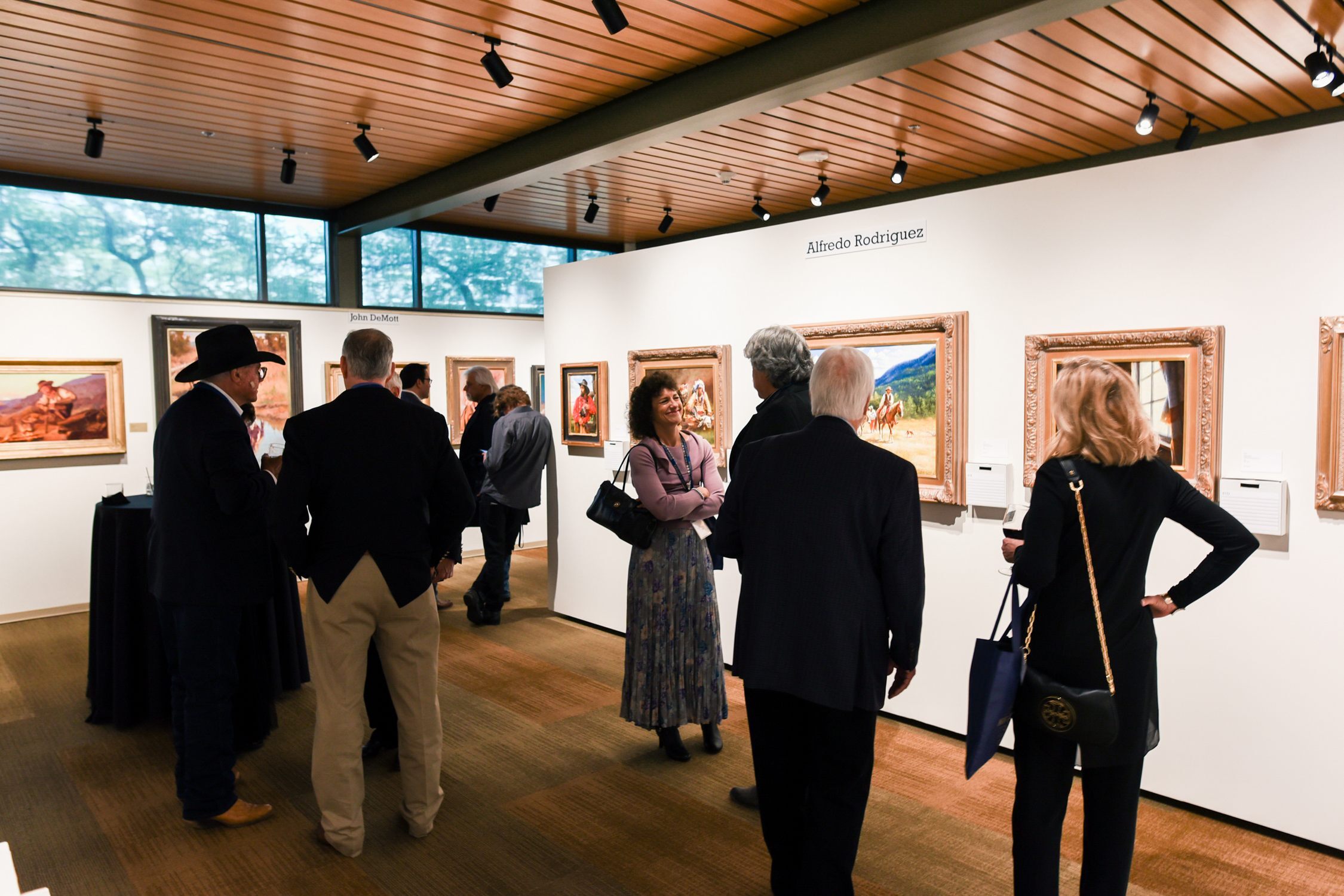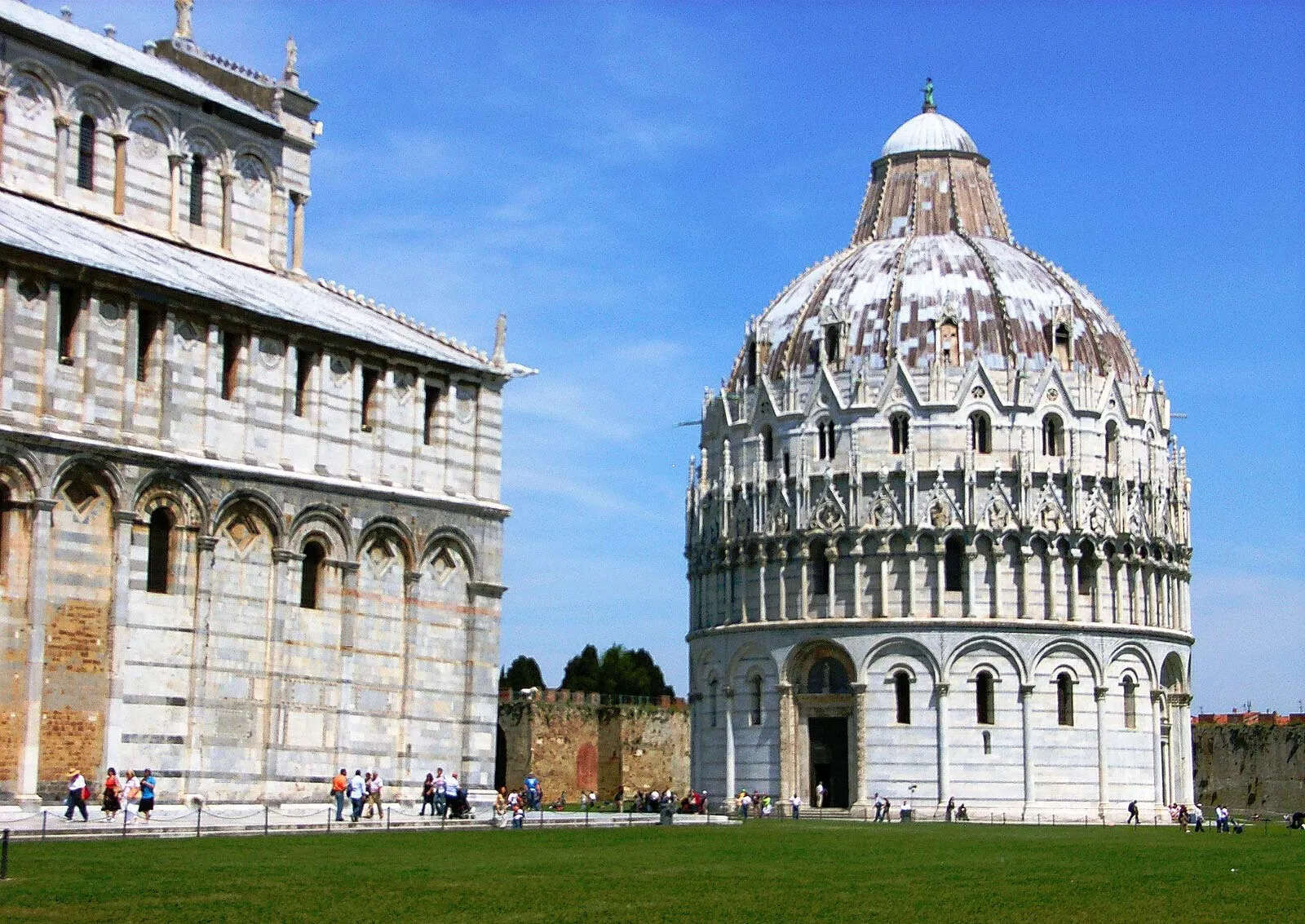
Are you a fan of fine art? Do you appreciate the beauty and value that art brings to our lives? If so, then you may find the world of fine art auctions fascinating. Fine art auctions are not just events where paintings and sculptures are sold to the highest bidder; they are dynamic and exciting gatherings that bring together art collectors, enthusiasts, and connoisseurs.
In this article, we will delve into the world of fine art auctions and uncover 20 interesting facts that you may not know about these prestigious events. From the record-breaking sales to the famous artworks that have graced the auction block, we will explore the captivating stories and intriguing details that make fine art auctions such unique and thrilling experiences.
So, grab your paddle and join us on this journey through the exhilarating world of fine art auctions as we uncover some fascinating insights into this intriguing realm.
Key Takeaways:
- Fine art auctions have a rich history and attract diverse buyers, creating an exciting atmosphere where art, culture, and commerce intersect.
- The auction process can significantly impact an artist’s reputation and the value of their artwork, making auctions a platform for investment and career advancement.
Fine art auctions have been around for centuries.
Fine art auctions have a long history, dating back to ancient times. Throughout the years, they have evolved into prestigious events that attract art collectors, enthusiasts, and investors from around the world.
The most expensive artwork ever sold at an auction is Leonardo da Vinci’s “Salvator Mundi.”
In 2017, this masterpiece was sold for a record-breaking $450.3 million at Christie’s auction house in New York. It is a depiction of Christ that is believed to have been painted around the year 1500.
Auction houses play a crucial role in organizing and facilitating fine art auctions.
Well-known auction houses like Sotheby’s and Christie’s have established themselves as leading authorities in the art market. They collaborate with art collectors, curators, and artists to curate exceptional collections for auction.
Bidding at a fine art auction can be done in different ways.
Bidders can be present in person at the auction venue, participate via telephone bidding, or place their bids online through live bidding platforms. This allows collectors from all over the world to take part in the auction process.
Fine art auctions attract a diverse range of buyers.
Art collectors, investors, museums, and galleries are just some of the potential buyers at fine art auctions. Each bidder brings their own unique interests and motivations to the auction, contributing to the competitive bidding atmosphere.
The auctioneer plays a crucial role in the bidding process.
The auctioneer is responsible for leading the auction, taking bids, and ultimately selling the artwork to the highest bidder. Their skill in generating excitement and maintaining the pace of the auction can greatly influence the final sale price.
Pre-auction exhibitions allow potential buyers to view the artwork.
Before the actual auction takes place, auction houses often hold exhibitions where interested buyers can see the artwork up close. This provides an opportunity for bidders to examine the pieces and make informed decisions.
A reserve price may be set for each artwork.
The reserve price is the minimum bid that must be met for the artwork to be sold. If the bidding does not reach this amount, the artwork may be withdrawn from the auction.
Fine art auctions can create a sense of urgency among bidders.
The competitive nature of auctions, coupled with the time-limited bidding process, can create an atmosphere of excitement and urgency. This can drive up bidding prices as bidders vie for their desired artworks.
Auction results can have a significant impact on an artist’s reputation.
A successful auction sale can elevate an artist’s status in the art market and increase the value of their artwork. It can also attract the attention of collectors and galleries, leading to further opportunities for the artist.
Fine art auctions can feature a wide range of artistic styles and genres.
From classical and modern art to contemporary and abstract, fine art auctions showcase diverse collections that cater to varied tastes and preferences.
Provenance plays a crucial role in determining artwork value.
The history of ownership and documentation associated with an artwork, known as its provenance, can greatly impact its value at auction. Artworks with prestigious provenance or significant historical importance often command higher prices.
Fine art auctions can benefit charities and non-profit organizations.
Some auction events are specifically organized to raise funds for charitable causes. Artworks are donated by artists or collectors, and the proceeds from the auction are used to support various philanthropic initiatives.
Art market trends and economic factors can influence auction results.
The fluctuation of the art market, changes in consumer demand, and overall economic conditions can impact auction outcomes. Prices can vary based on factors such as market confidence, art market speculation, and trends in collecting.
Fine art auctions foster greater transparency in the art market.
Auctions provide a public platform where artworks are sold in a transparent and competitive manner. This increases accessibility and encourages open market transactions, benefiting both buyers and sellers.
Proximity to famous artists’ work can increase the value of an artwork.
Artworks that are in close proximity to renowned artists’ pieces or share similar themes can experience an increase in value. Collectors often seek to build cohesive collections that highlight artistic connections and influences.
Online bidding has revolutionized the fine art auction industry.
The advent of online bidding platforms has expanded the reach of fine art auctions, allowing individuals from around the globe to participate without the need for physical presence. This has increased competition and opened up new opportunities for collectors.
Fine art auctions are a platform for discovering emerging artists.
Auctions can provide exposure for emerging artists, giving them an opportunity to showcase their work to a wider audience. This exposure can lead to recognition, gallery representation, and career advancement for these artists.
Fine art auctions can create investment opportunities.
Investors and collectors often view artworks as valuable assets that can potentially appreciate over time. Fine art auctions provide a platform for acquiring investment-worthy pieces that can yield financial returns in the future.
Fine art auctions are an exciting blend of art, culture, and commerce.
These events bring together individuals who share a passion for art, creating a vibrant atmosphere where creativity, aesthetics, and financial transactions intersect. Fine art auctions offer a unique experience that combines aesthetic appreciation with the thrill of competitive bidding.
Conclusion
In conclusion, fine art auctions are not only a platform for buying and selling exquisite works of art, but they also offer a unique opportunity to delve into the world of creativity and culture. These auctions provide a glimpse into the artistic achievements of renowned artists and allow collectors and art enthusiasts to acquire valuable pieces for their personal collections.
From the thrill of bidding to the excitement of uncovering hidden gems, fine art auctions are truly captivating events. Whether you are an art connoisseur or simply intrigued by the beauty and significance of fine art, attending a fine art auction can be a memorable and enriching experience.
So, why not immerse yourself in the world of fine art auctions and discover the wonders that these events have to offer? Attend an auction, explore the pieces on display, and maybe even become a proud owner of a masterpiece that will stand the test of time.
FAQs
1. How does a fine art auction work?
Fine art auctions typically start with a preview period where potential buyers can view the artworks up for auction. Bidding takes place during the auction, and the highest bidder at the end becomes the buyer of the artwork.
2. Can anyone participate in a fine art auction?
Yes, anyone can participate in a fine art auction. However, it’s important to register beforehand and familiarize yourself with the auction process to ensure a smooth experience.
3. Are there any risks involved in buying art at auction?
While buying art at auction can be exciting, there are some risks involved. It’s essential to do thorough research on the artworks and set a budget before participating in the auction. Additionally, understanding the condition and provenance of the artwork is crucial.
4. How do I determine the value of a piece of art at auction?
The value of a piece of art at auction is determined by various factors, including the artist’s reputation, the rarity of the artwork, its condition, and previous sales records of similar pieces. Consulting with experts and studying market trends can help in determining the value.
5. Can I sell my own artwork at a fine art auction?
Yes, many fine art auctions accept consignments from individuals who wish to sell their own artwork. It’s advisable to reach out to the auction house and inquire about their consignment process.
Fine art auctions are just the beginning of an exciting journey into the world of art. Delve deeper into this fascinating realm by exploring the Museum of Fine Arts, where you can discover astonishing facts about fine art that will leave you in awe. For those who crave cutting-edge creativity, the Glasgow International Festival of Visual Art offers a platform to experience contemporary art at its finest. And if you're curious about the inner workings of the art world, don't miss our article on Art Basel, which provides valuable insights into the art market and its key players.
Was this page helpful?
Our commitment to delivering trustworthy and engaging content is at the heart of what we do. Each fact on our site is contributed by real users like you, bringing a wealth of diverse insights and information. To ensure the highest standards of accuracy and reliability, our dedicated editors meticulously review each submission. This process guarantees that the facts we share are not only fascinating but also credible. Trust in our commitment to quality and authenticity as you explore and learn with us.


